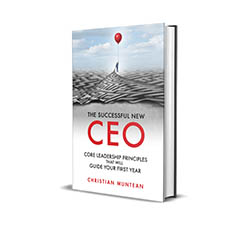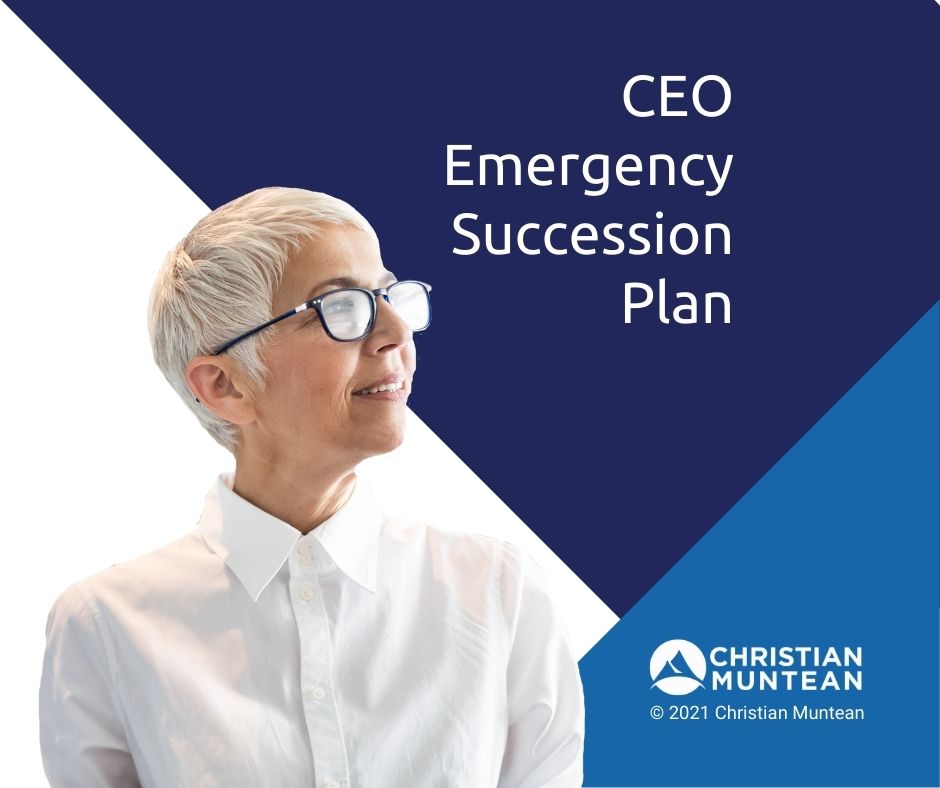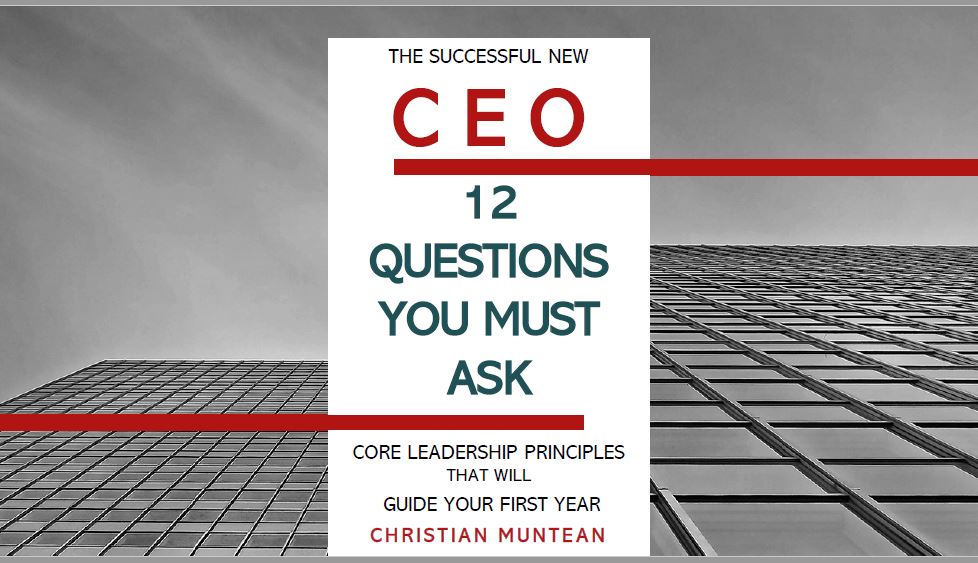Rock Star Employees: When the Solution Becomes the Problem

 A client was stuck.
A client was stuck.
One of their divisions provided construction services. It had accounting needs that were unique from the rest of the organization. To solve this problem, a mid-level employee began functioning as a controller for that division. She developed her own, proprietary accounting system that met the needs of the division. They operated this way for years.
But what had started out as a solution became a problem. Because she had built the accounting system, she had complete control of it. It was difficult to understand. It required her direct involvement to use it or produce reports. In fact, no one else even worked with the accounting system.
Millions of mostly government-funded dollars were tracked by her and her alone.
The leaders of that organization had allowed a single point of failure to develop.
When a Solution Becomes a Problem
A single point of failure is any component of a system that, when it fails, the whole system fails to work.
In the instance described above, the employee became difficult to work with and stopped performing.
However, leadership wouldn’t address the issues. They had built an executive culture that avoided both accountability and conflict. As a result, everyone else was forced into an elaborate dance to avoid getting on this one employee’s bad side and to attempt to get the information they needed from her.
It was tremendously time-consuming and expensive. And it had the hallmarks of a situation where financial malfeasance was likely.
I don’t know how the situation worked out. Once I started pointing out these dynamics, my services were soon no longer required.
When a Star Employee Becomes Your Single Point of Failure
Often, the star employee becomes this single point of failure. They originally bring something to the table that is needed. In the beginning, they may even be seen as an advantage. But it grows into a dependency.
Sometimes the organization just leans too heavily on one person’s skills. Sometimes an individual becomes aware of the power they accrue if they “horde” unique skills, knowledge, or relationships.
Even when star performers remain strong contributors and good team players, this dependency is dangerous. People change. Some stop performing. Others get sick, move, die, or simply burn out. When they do, the impact can be catastrophic on a team and even an entire organization.
These single points of failure are often among the senior leadership. It might even be you. But it could just as easily be someone in a mid-level position (as was the controller I described above). Or an admin assistant who controls vital information flows.
Single Points of Failure Impact Value
Single points of failure are fine as long as everything stays fine. But hoping for that is foolish. Single points of failure destroy value in a business. They compromise resiliency. Many organizational implosions can be traced to an over-dependence on one (or very few) key players – who stopped playing.
How to Identify Single Points of Failure
The easiest (not necessarily the best) way to identify a single point of failure is to watch what happens when someone takes a vacation or goes on leave.
- What functions stop happening?
- What is no longer communicated?
- What can no longer be completed?
- What are others having to wait on?
It’s better to take time to individually think through key functions or responsibilities in an organization – for example, financial management, compliance, maintenance, sales processes, customer complaints, or hiring.
For example, take your hiring process, and ask:
- Can the hiring process continue in a timely way if Person A was gone? What about Person B?
- Are there any pieces of the process that cannot be handed off to someone else?
- Are there any roles or responsibilities where no one is prepared to be a substitute?
- Is there any critical knowledge or skill that only one person has?
- Are there any critical relationships that only one person has?
- Are there any critical certifications, qualifications, or credentialing that only one person has?
How to Address Single Points of Failure
People are unique and valuable. Roles and responsibilities need redundancy.
Back in the early days, I (briefly) worked for a non-profit where the Executive Director made it clear when she hired me that “everyone here is replaceable.” There were no first-day warm-fuzzies with her.
That non-profit no longer exists. Probably, in part, because she didn’t seem to value people. I don’t know. I didn’t stick around to find out.
People want to be valued. Some people really want to excel and be exceptional.
There is nothing wrong with this or with having star players. You want great people on your team. Hardworking, innovative, problem-solving, solution makers. If you find them, get them.
But redirect people who seem to orient towards “hoarding” knowledge, relationships, or skills. Help them see the need for resiliency within the organization.
Reward them. Acknowledge them and their contributions. Enlist their help in building a strong organization.
This continues to value the individual. But don’t forget to value all of the other people – in the team, the organization as a whole, and the customers you serve.
Building resiliency does this. Here are some ideas for addressing single points of failure:
- Analyze key positions and functions – identify single points of failure.
- Cross-train the entire position or at least key functions of the position.
- For small organizations or divisions – can some of these functions be outsourced to a firm that has built-in redundancies?
- Use vacations or leave to broaden the skill sets of others (this also helps with accountability).
- For key roles, hire multiple employees.
- If you can’t hire multiple employees, develop agreements with similar (internal) departments, share employees when a need arises, or (external) borrow or lease employees from partner organizations or staffing services.
- Ensure that no single employee has sole access to proprietary information.
- As much as possible, use industry-standard software platforms, especially when it comes to your finances.
When things like COVID or recessions or other external changes happen – some of the first organizations to die (or at least struggle desperately) are the ones that have built single points of failure.
Find them. Address them. Build resiliency. Your organization will perform better. Your company will increase in value. You and your team will sleep better for it.
Take good care,
Christian
Find the value of your company with my free assessment tool: The Value Builder System
The Value Builder System™ is a 13-minute online questionnaire that evaluates your business on the eight factors that contribute more to its attractiveness and value. These factors are scored on a scale of 1-100. Businesses that score over 80 are likely to command 70%-100% higher value than others.
Are you interested in learning more about becoming a successful CEO? If so, get a free copy of my book The Successful New CEO. Not a new CEO? I’ve been told by “old hands” that they felt any CEO should read this. So, click here to get your copy today.
by “old hands” that they felt any CEO should read this. So, click here to get your copy today.
There are 𝟭𝟮 𝗰𝗿𝗶𝘁𝗶𝗰𝗮𝗹 𝗾𝘂𝗲𝘀𝘁𝗶𝗼𝗻𝘀 to ask before accepting a new CEO position. Do you know what they are? Instantly download my free e-book here.
𝗧𝗵𝗲 𝗕𝗲𝘀𝘁 𝗧𝗶𝗺𝗲 𝘁𝗼 𝗖𝗿𝗲𝗮𝘁𝗲 𝗔𝗻 𝗘𝗺𝗲𝗿𝗴𝗲𝗻𝗰𝘆 𝗦𝘂𝗰𝗰𝗲𝘀𝘀𝗶𝗼𝗻 𝗣𝗹𝗮𝗻 𝗶𝘀 𝘽𝙚𝙛𝙤𝙧𝙚 𝗬𝗼𝘂 𝗡𝗲𝗲𝗱 𝗜𝘁.
Be prepared for a smooth transition in the event of an unplanned emergency succession. My guide will show you step-by-step how to devise your own plan.
Let’s connect.
I’m passionate about helping leaders to create workplaces they love going to and increasing the value of the services they offer. My results-oriented approach is tailored to each client’s specific situation and needs. As a leadership coach, I have developed a wealth of resources to help you and your team grow and become stronger.
Weekly Newsletter – sign up to receive my weekly articles addressing critical leadership challenges and issues.
The Leadership Coach Podcast – In my podcast, we explore effective, high-impact, and enjoyable leadership. Subscribe.
Opportunities
Executive and Leadership Coaching: Do you feel overwhelmed? Are you not getting the results you expect from the effort you are putting in? Do you find yourself facing similar challenges time and time again? Would you like to change specific ways of relating or reacting? If you would like to experience predictable, measurable growth Contact me.
Profitable Exit Strategy Workshop: Are you a business owner or partner? Over 55? Starting to think about exiting your business or active management in the next 3-5 years?
- Curious about what your business might be worth?
- Would you like to discover the specific steps you need to take to increase its value and become highly attractive to a buyer?
- Are you planning on handing it over to family or employees and you want to ensure long-term success?
If so, contact me now
Article Categories
Popular articles

Download my free 10-page eBook:
How To Accomplish More Without Doing More:
Eight Proven Strategies To Change Your Life
Discover how to save eight hours during your workweek-even if you're too busy to even think about it. The resource every maxed out executive needs.

